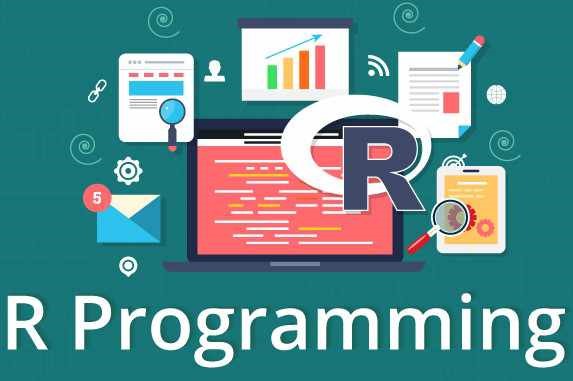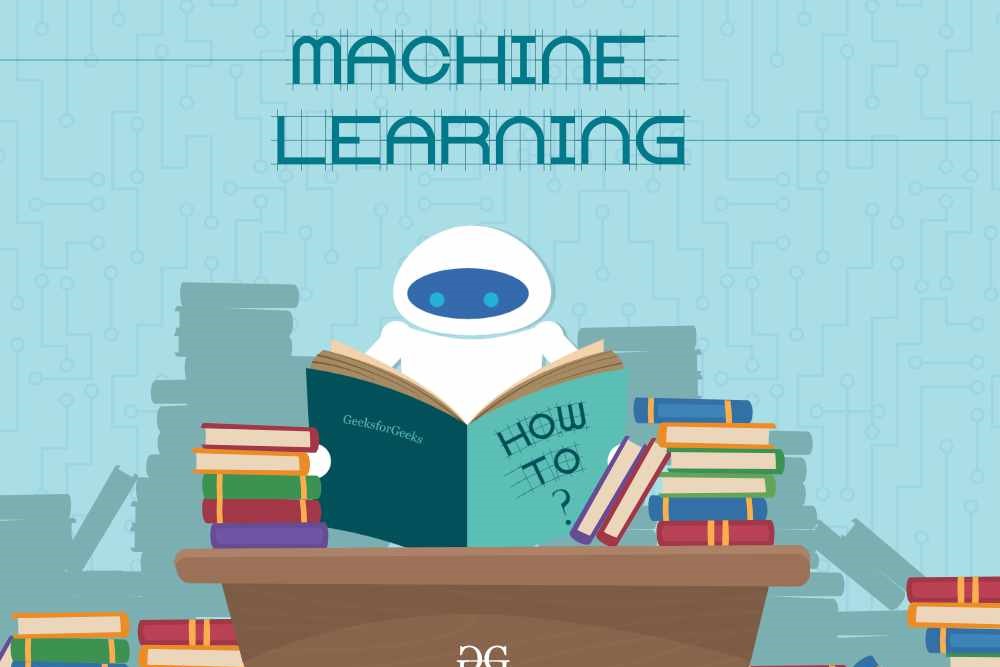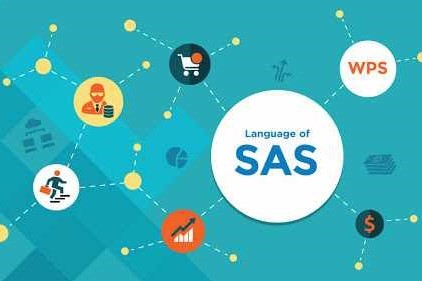Course Information
- Course Price $250
- Place California,USA
- Total Students 800+
- Course Duration 4 Weeks
- Course Start July 25, 2016
Description
The process wherein computers are able to carry out intelligent activities by applying specialized technologies is termed as Artificial Intelligence. Artificial intelligence knowledge is highly needed now and that’s the reason training in this happening concept is required. When machines perform the task just in the way humans do then it is indeed a great task. So instead of postponing, boost your CV manifold by learning AI from LETFIX and eventually get the job of your dreams. AI’s application can be seen in most of the industries today. The self-driving cars are the result of AI. People are attracted towards AI very much and they take the Artificial Intelligence Course seriously. Artificial Intelligence is based on algorithms. It can also assist in extracting most out of the data. Astonishing accuracy can be achieved through AI. Not only bigger, but also deeper data can be evaluated through AI. Moreover, AI helps in profound discovery from existing data. There is automation of repetitive learning by means of AI. The icing on the cake is that AI jobs are lucrative.
Benefits
- This advanced AI training course endeavours to produce highly knowledgeable Artificial Intelligence professionals who can understand the industry demands and meet them.
- We assist the students to gain a thorough understanding of AI’s algorithms and applications.
- When you get trained on AI you can effortlessly set a great career. Our relentless efforts in understanding the possibilities of AI in the world of IT has made us a reliable centre for assisting interested candidates learn this skill set.
- Our trainers are some of the most proficient ones in the industry with deep knowledge and great proficiency in theories.
- They maintain a student-centric approach of training. This in turn leads to excellent results in the participants.
Syllabus
- Limitations of Machine Learning
- Need for Data Scientists
- Foundation of Data Science
- What is Business Intelligence
- What is Data Analysis
- What is Data Mining
- Value Chain
- Types of Analytics
- Lifecycle Probability
- Analytics Project Lifecycle
- Advantage of Deep Learning over Machine learning
- Reasons for Deep Learning
- Real-Life use cases of Deep Learning
- Review of Machine Learning
- Basis of Data Categorization
- Types of Data
- Data Collection Types
- Forms of Data & Sources
- Data Quality & Changes
- Data Quality Issues
- Data Quality Story
- What is Data Architecture
- Components of Data Architecture
- OLTP vs OLAP
- How is Data Stored?
- What is Big Data?
- 5 Vs of Big Data
- Big Data Architecture
- Big Data Technologies
- Big Data Challenge
- Big Data Requirements
- Big Data Distributed Computing & Complexity
- Hadoop
- Map Reduce Framework
- Hadoop Ecosystem
- What Data Science is
- Why Data Scientists are in demand
- What is a Data Product?
- The growing need for Data Science
- Large Scale Analysis Cost vs Storage
- Data Science Skills
- Data Science Use Cases
- Data Science Project Life Cycle & Stages
- Data Acquisition
- Where to source data
- Techniques
- Evaluating input data
- Data formats
- Data Quantity
- Data Quality
- Resolution Techniques
- Data Transformation
- File format Conversions
- Anonymization
- Python Overview
- About Interpreted Languages
- Advantages/Disadvantages of Python pydoc.
- Starting Python
- Interpreter PATH
- Using the Interpreter
- Running a Python Script
- Using Variables
- Keywords
- Built-in Functions
- Strings Different Literals
- Math Operators and Expressions
- Writing to the Screen
- String Formatting
- Command Line Parameters and Flow Control.
- Lists
- Tuples
- Indexing and Slicing
- Iterating through a Sequence
- Functions for all Sequences
- The xrange() function.
- List Comprehensions
- Generator Expressions
- Dictionaries and Sets.
- Learning NumPy
- Introduction to Pandas
- Creating Data Frames
- Grouping Sorting
- Plotting Data
- Creating Functions
- Slicing/Dicing Operations.
- Functions
- Function Parameters
- Global Variables
- Variable Scope and Returning Values. Sorting
- Alternate Keys
- Lambda Functions
- Sorting Collections of Collections
- Classes & OOPs
- What are Statistics
- Descriptive Statistics
- Central Tendency Measures
- The Story of Average
- Dispersion Measures
- Data Distributions
- Central Limit Theorem
- What is Sampling
- Why Sampling
- Sampling Methods
- Inferential Statistics
- What is Hypothesis testing
- Confidence Level
- Degrees of freedom
- What is pValue
- Chi-Square test
- What is ANOVA
- Correlation vs Regression
- Uses of Correlation & Regression
- ML Fundamentals
- ML Common Use Cases
- Understanding Supervised and Unsupervised Learning Techniques
- Similarity Metrics
- Distance Measure Types: Euclidean, Cosine Measures
- Creating predictive models
- Understanding K-Means Clustering
- Understanding TF-IDF, Cosine Similarity and their application to Vector Space Model
- Case study
- What are Association Rules & its use cases?
- What is the Recommendation Engine & it’s working?
- Recommendation Use-case
- Case study
- How to build Decision trees
- What is Classification and its use cases?
- Algorithm for Decision Tree Induction
- Creating a Decision Tree
- Confusion Matrix
- Case study
- What are Random Forests
- Features of Random Forest
- Out of Box Error Estimate and Variable Importance
- Case study
- Case study
- Various approaches to solve a Data Science Problem
- Pros and Cons of different approaches and algorithms.
- Case study
- Introduction to Predictive Modelling
- Linear Regression Overview
- Simple Linear Regression
- Multiple Linear Regression
- Case study
- Logistic Regression Overview
- Data Partitioning
- Univariate Analysis
- Bivariate Analysis
- Multicollinearity Analysis
- Model Building
- Model Validation
- Model Performance Assessment AUC & ROC curves
- Scorecard
- Case Study
- Introduction to SVMs/li>
- SVM History
- Vectors Overview
- Decision Surfaces
- Linear SVMs
- The Kernel Trick
- Non-Linear SVMs
- The Kernel SVM
- Describe Time Series data
- Format your Time Series data
- List the different components of Time Series data
- Discuss different kind of Time Series scenarios
- Choose the model according to the Time series scenario
- Implement the model for forecasting
- Explain working and implementation of ARIMA model
- Illustrate the working and implementation of different ETS models
- Forecast the data using the respective model
- What is Time Series data?
- Time Series variables
- Different components of Time Series data
- Visualize the data to identify Time Series Components
- Implement ARIMA model for forecasting
- Exponential smoothing models
- Identifying different time series scenario based on which different Exponential Smoothing model can be applied
- Implement respective model for forecasting
- Visualizing and formatting Time Series data
- Plotting decomposed Time Series data plot
- Applying ARIMA and ETS model for Time Series forecasting
- Forecasting for given Time period
- Case Study
- Various machine learning algorithms in Python
- Apply machine learning algorithms in Python
- How to select the right data
- Which are the best features to use
- Additional feature selection techniques
- A feature selection case study
- Pre-processing
- Pre-processing Scaling Techniques
- How to pre-process your data
- How to scale your data
- Feature Scaling Final Project
- Highly efficient machine learning algorithms
- Bagging Decision Trees
- The power of ensembles
- Random Forest Ensemble technique
- Boosting – Ad boost
- Boosting ensemble stochastic gradient boosting
- A final ensemble technique
- Introduction Model Tuning
- Parameter Tuning GridSearchCV
- A second method to tune your algorithm
- How to automate machine learning
- Which ML algorithm should you choose?
- How to compare machine learning algorithms in practice
- Sentimental Analysis
- Case study
- Introduction to Spark Core
- Spark Architecture
- Working with RDDs
- Introduction to PySpark
- Machine learning with PySpark – Mllib
- Case Study
- Deep Learning Overview
- The Brain vs Neuron
- Introduction to Deep Learning
- The Detailed ANN
- The Activation Functions
- How do ANNs work & learn
- Gradient Descent
- Stochastic Gradient Descent
- Backpropagation
- Understand limitations of a Single Perceptron
- Understand Neural Networks in Detail
- Illustrate Multi-Layer Perceptron
- Backpropagation – Learning Algorithm
- Understand Backpropagation – Using Neural Network Example
- MLP Digit-Classifier using TensorFlow
- Building a multi-layered perceptron for classification
- Why Deep Networks
- Why do Deep Networks give better accuracy?
- Use-Case Implementation
- Understand How Deep Network Works?
- How Backpropagation Works?
- llustrate Forward pass, Backward pass/li>
- Different variants of Gradient Descent
- Convolutional Operation
- Relu Layers
- What is Pooling vs Flattening
- Full Connection
- SoftMax vs Cross Entropy
- Building a real world convolutional neural network for image classification
- Recurrent neural networks RNN
- LSTMs understanding LSTMs
- long short-term memory neural networks lstm in python
- Restricted Boltzmann Machine
- Applications of RBM
- Introduction to Autoencoders
- Autoencoders applications
- Understanding Autoencoders
- Building an Autoencoder model
- Introducing TensorFlow
- Why TensorFlow?
- What is TensorFlow?/li>
- TensorFlow as an Interface
- TensorFlow as an environment
- Tensors
- Computation Graph
- Installing TensorFlow
- TensorFlow training
- Prepare Data
- Tensor types
- Loss and Optimization
- Running TensorFlow programs
- Tensors
- TensorFlow data types
- CPU vs GPU vs TPU
- TensorFlow methods
- Introduction to Neural Networks
- Neural Network Architecture
- Linear Regression example revisited
- The Neuron
- Neural Network Layers
- The MNIST Dataset
- Coding MNIST NN
- Deepening the network
- Images and Pixels
- How humans recognise images
- Convolutional Neural Networks
- ConvNet Architecture
- Overfitting and Regularization
- Max Pooling and ReLU activations
- Dropout
- Strides and Zero Padding
- Coding Deep ConvNets demo
- Debugging Neural Networks
- Visualising NN using TensorFlow
- Tensor board
- Transfer Learning Introduction
- Google Inception Model
- Retraining Google Inception with our own data demo
- Predicting new images
- Transfer Learning Summary
- Extending TensorFlow
- Kera’s
- TFLearn
- Kera’s vs TFLearn Comparison
- Convolutional Operation
- Relu Layers
- What is Pooling vs Flattening
- Full Connection
- SoftMax vs Cross Entropy
- Building a real world convolutional neural network for image classification






